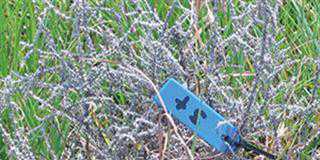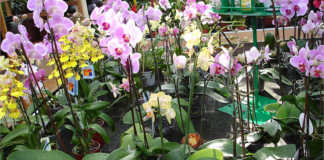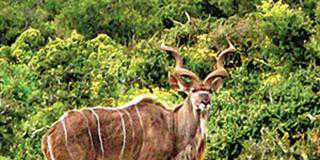At one stage, farming dealt only with the number of animals/ha. Nowadays, it’s also about the biomass/ha that is produced, and how this translates into profit. A successful farming operation can only be achieved with the right veld management approach based on scientific principles. Researchers (see table) have evaluated several successful approaches to scientifically-based veld management, leading to techniques that enable farmers to achieve sustainable veld and animal production.
READ: Bringing your veld back to life after drought
What is veld management?
All too often, veld management systems are not adopted because stock farmers are in a hurry to achieve results and ignore long-term plans. Objective veld evaluation should be carried out regularly to determine the sustainability of a system in any operation.
It is no good having a system that works well for a while under good rainfall conditions, but fails miserably during the first drought.
In simple terms, a veld management system combines rest and grazing periods into which the principles and goals of veld and livestock management are built. The level of management is probably more important than the system itself, and some systems are highly sophisticated.
Damaging veld practices include:
- Overstocking;
- Continuous grazing;
- Extended grazing periods;
- Grazing the same camps at the same time every year;
- Breeds or game species that are not adapted to the veld type;
- Injudicious lick supplementation.
Management practices should aim for the long-term improvement of veld condition that lead to a higher grazing capacity and animal production. They should provide for drought by including long rest periods every three years or so.
Camps must not only rest, but recover fully. This means that plants must regain vigour, and that the vigour of palatable species should be better than that of less palatable species.
Ideally, red grass, finger grass and assegaai grass should show more vigour than terpentine grass, wire grass and stick grass. If this is not the case, it shows that veld condition could be declining. This can be identified during the long rest periods.
To ensure plant vigour, the camp should also be grazed for a short period immediately before the long rest. Some researchers and farmers regard six months’ rest as sufficient for most veld types. The more homogenous the sweet veld, the more beneficial a long rest is.
An eight-month resting period from the beginning of October to the end of May every three years should be sufficient for sourveld utilised by beef cattle. For sheep grazing on sweeter red grass veld in the central Free State, 15 months from early January to late March the following year may be advisable.
Effective utilisation
Correct utilisation, taking into account intensity, frequency and timing, is the greatest challenge for successful veld management. To be regarded as sustainable, it must result in long-term improvement or maintenance.
Stocking rate must be as close as possible to grazing capacity, and it is crucial to move animals from one camp to another. The period that stock can remain in any one camp without veld condition being affected depends on season, animal type and veld type.
When animals are kept for longer than five months in a camp during the growing season, selective grazing is likely to occur, with palatable species being repeatedly grazed.If there are a limited number of camps per herd or flock, the grazing period should be extended to rest the other camps for longer.
It’s also beneficial to vary grazing intensity in a camp in different years. For example, if a camp is severely grazed in year one, it should receive a full season’s rest and then be grazed at normal intensity, followed by a lighter treatment in year three.
Factors influencing effective grazing on a camp include:
- Veld condition
This determines the palatability, quality and grazing capacity. The poorer the veld condition, the less the veld can sustain animal production and the greater the risk in times of drought.
- Farm planning
This includes water supply and the number and size of camps. Effective management requires at least three camps per herd.
- Adapted livestock types
These will receive as much nutrition as possible from the veld, minimising the amount of supplementary feed needed. This will limit long-term veld degradation caused by imbalances in the soil. Increased lick intake indicates a potential problem in the grazing system.
- Various management decisions
These include synchronisation of herd management with the normal seasonal variations as well as strategic financial decisions. The above factors are all closely related, and the success of a grazing system will be influenced drastically by combining them accordingly.
Source: Van der Merwe M, Snyman H and Fouché H, ‘Sustainable Veld Management’.
Email Prof Hennie Snyman at [email protected] or phone him on 051 401 2221 (Free State University Department of Animal, Wildlife and Grassland Sciences).













